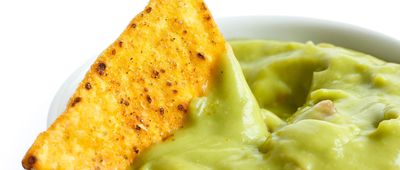New Sensations
Many who have suffered through COVID-19 find themselves unable to taste or smell. Sometimes, their senses are distorted, with certain foods tasting metallic or others smelling rancid to them. For many, it’s a temporary situation — but for others, it may last much longer. While each person will have his or her own experience, there are some foods and drinks that have proven both palatable and beneficial for those in this situation.
Related: 14 Industries That Have Been Hit Hardest by the Pandemic





























